The evolution of Barbie's design over the years
A look at how the iconic doll has evolved to better reflect the times over decades


When you make a purchase through links on our site, we may earn a commission
One of the year's most highly anticipated films is Greta Gerwig's live-action "Barbie," out on July 21. Starring Margot Robbie as Barbie, the movie promises to bring the iconic doll and her world to life in all of its pink-tinged glory. With the marketing team in overdrive, Barbie-themed attractions and fashions seem to be everywhere as fans embrace the nostalgia. Barbiecore looks are making the rounds on social media, and you can book a stay at Barbie's Malibu DeamHouse.
Since her debut in 1959, Barbie has symbolized all that a woman could be, though there were times when the doll's creators had to reckon with how that representation fell short. Barbie reflects the ever-changing world, evolving alongside it over the years. In her lifetime, she has had hundreds of careers and designs. Below is a look at how the iconic, and at times controversial, doll has transformed over time.
The Week
Escape your echo chamber. Get the facts behind the news, plus analysis from multiple perspectives.

Sign up for The Week's Free Newsletters
From our morning news briefing to a weekly Good News Newsletter, get the best of The Week delivered directly to your inbox.
From our morning news briefing to a weekly Good News Newsletter, get the best of The Week delivered directly to your inbox.
1. 1959
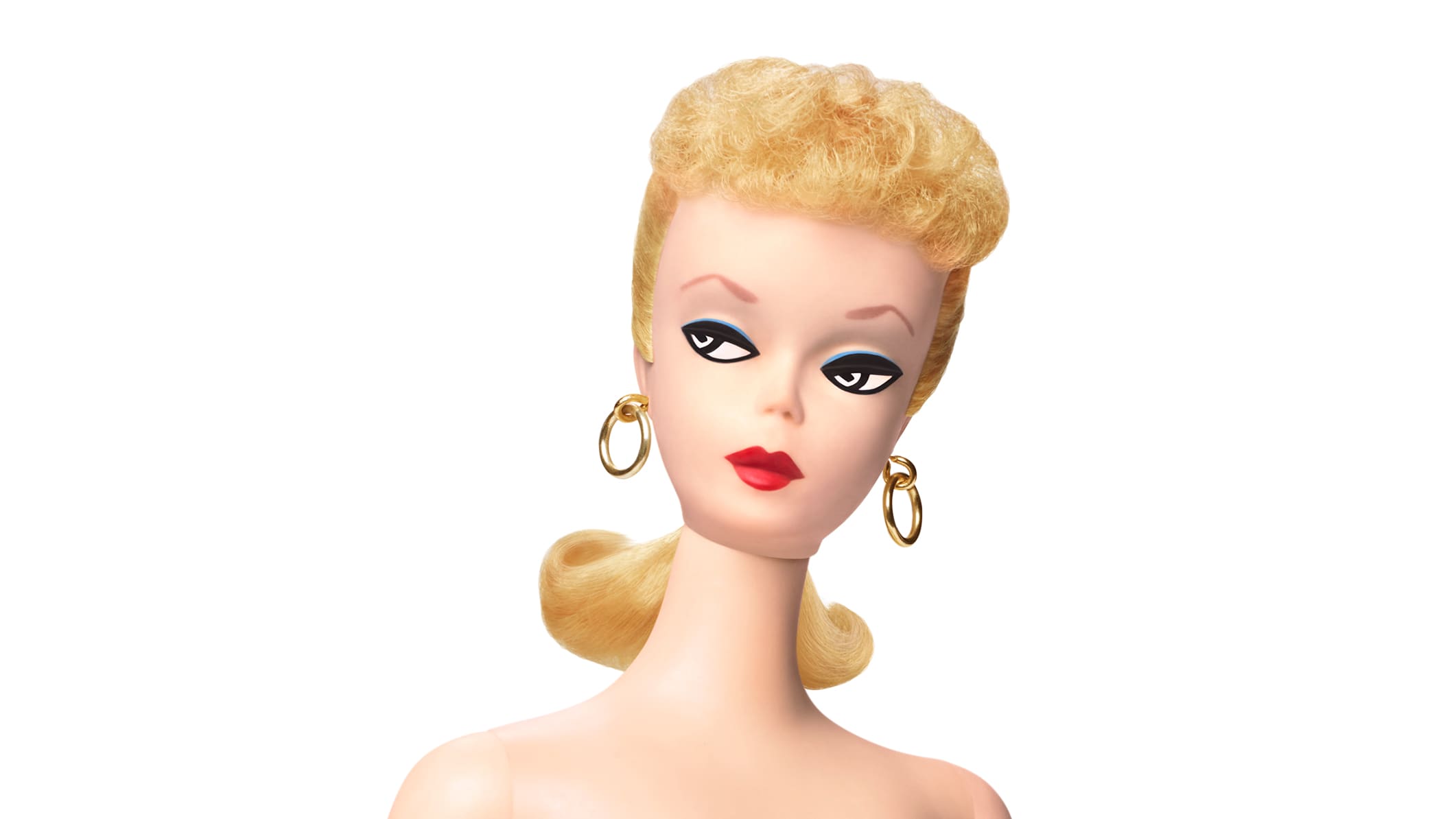
Ruth Handler was inspired to create Barbie when she realized her daughter had limited toy choices. With only paper dolls and baby dolls to play with, girls could not imagine themselves as much other than homemakers or caregivers. She pitched her idea of an adult doll to toy maker Mattel and was initially met with skepticism. But Handler persisted, and Barbara Millicent Roberts debuted on March 9, 1959, at the American Toy Fair in New York City. She was modeled after Bild Lilli, a risque doll and an adult gag gift based on a racy hypersexual German comic book character. Despite some pushback from male executives and retailers, Barbie eventually became a huge hit.
2. 1960s
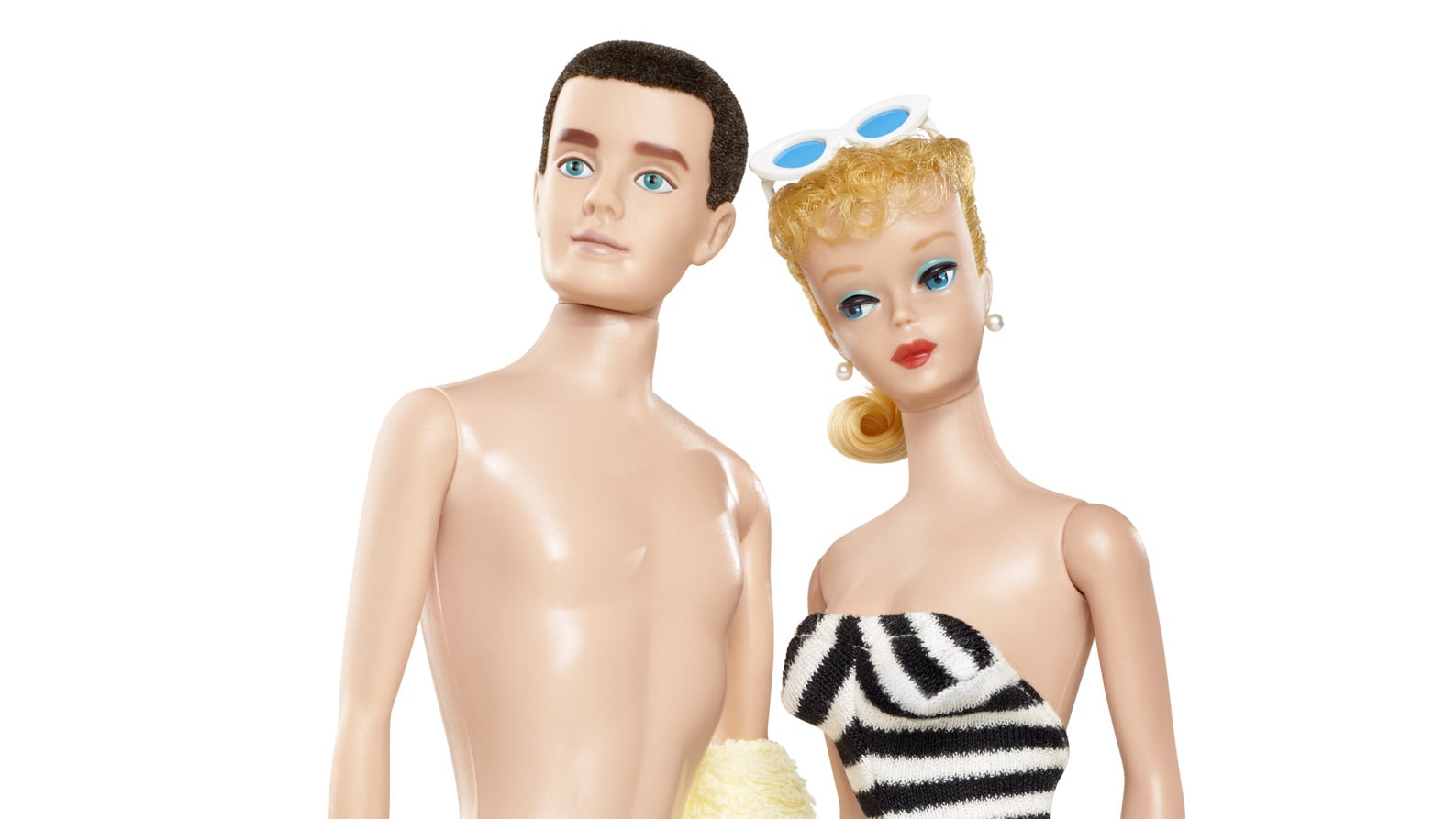
From her inception, Barbie was criticized for her unrealistic body proportions and sexualized origins. In 1963, a doll featuring a diet-book accessory that simply said "don't eat" led to significant backlash. Mattel began softening her features in the '60s to give her a more innocent look. She also met her lifelong companion, Ken, in 1961, got her first dream house and became an astronaut about four years before the first moon landing. The first celebrity Barbie was modeled after British fashion model Twiggy. To promote equal rights, Barbie received her first Black friend, Christie.
3. 1970s
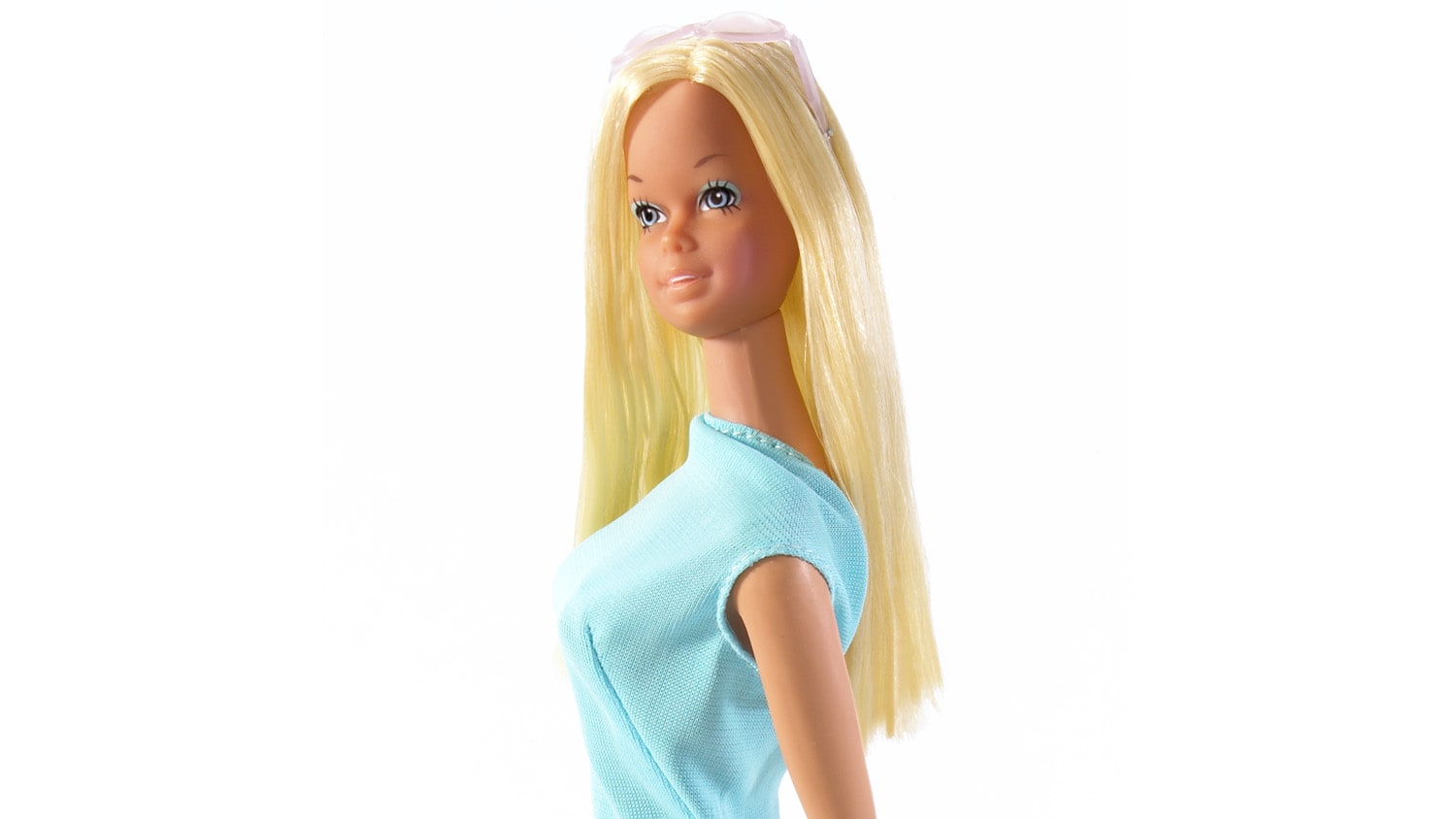
Barbie became fully poseable in the '70s, and many of her features changed with the introduction of the first Malibu Barbie in 1971. Her long straight hair, tan skin and big smile reflected the changing aesthetics of the era. Another design change did not go over as well. In 1972, Barbie sales declined after they released a doll with bigger breasts. Second-wave feminists protested the doll's unrealistic figure because the "very static version of femininity" that the doll represented "became something that feminists felt was holding them back," Andrea Nevins, the director of "Tiny Shoulders: Rethinking Barbie," told the New York Post.
4. 1980s
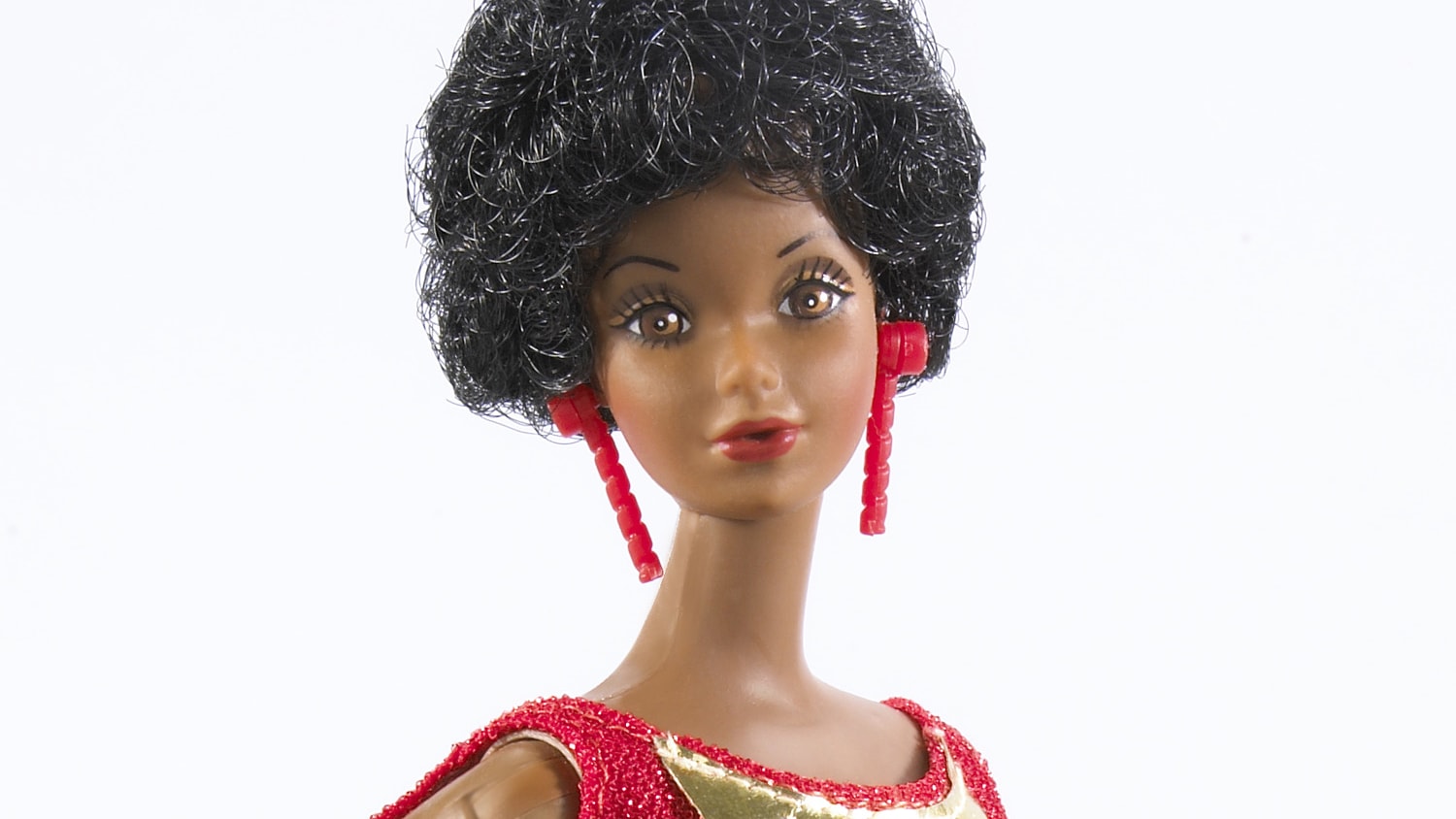
In 1980, Mattel introduced the first Black and Latino Barbie and Ken dolls after previously relegating multicultural dolls to the friend role. It also released the first of a series of international dolls that year. The company had its first major fashion partnership when Oscar de la Renta created a Barbie-size clothing line. The 1985 Day to Night Barbie "broke the glass ceiling as a CEO," per Barbie Media, as she "celebrated the workplace evolution of the era and showed girls they could have it all. That same year, Andy Warhol painted a portrait of Barbie.
A free daily email with the biggest news stories of the day – and the best features from TheWeek.com
5. 1990s
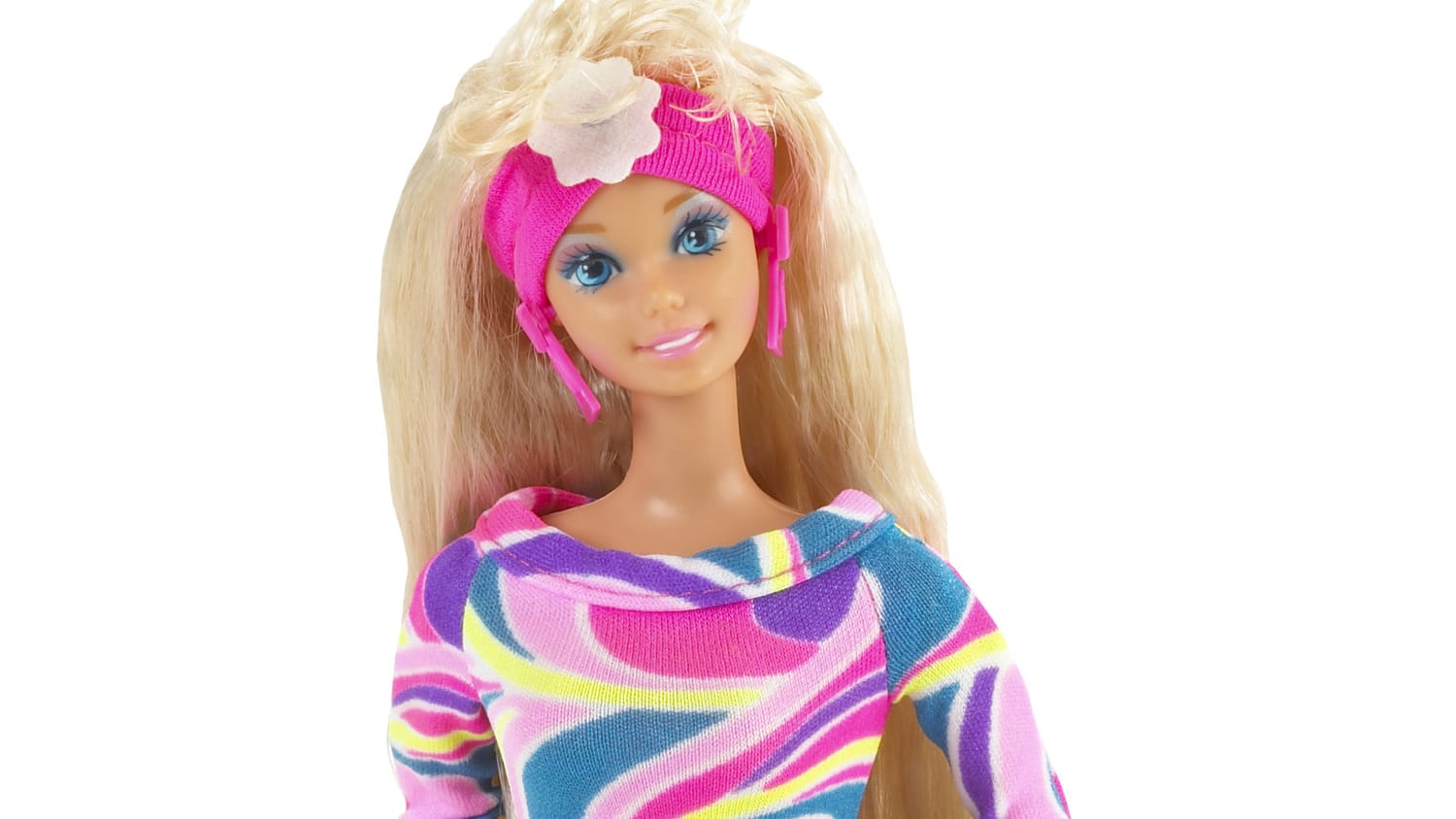
Barbie ran for president for the first time in 1992, the same year Totally Hair Barbie, the best-selling Barbie of all time, debuted. The doll "celebrated the loud fashions and big hair craze of the early '90s" and had the longest hair to date, Barbie Media noted. In 1997, Mattel decided to give Barbie a more realistic figure and made her waist bigger.
6. 2000s
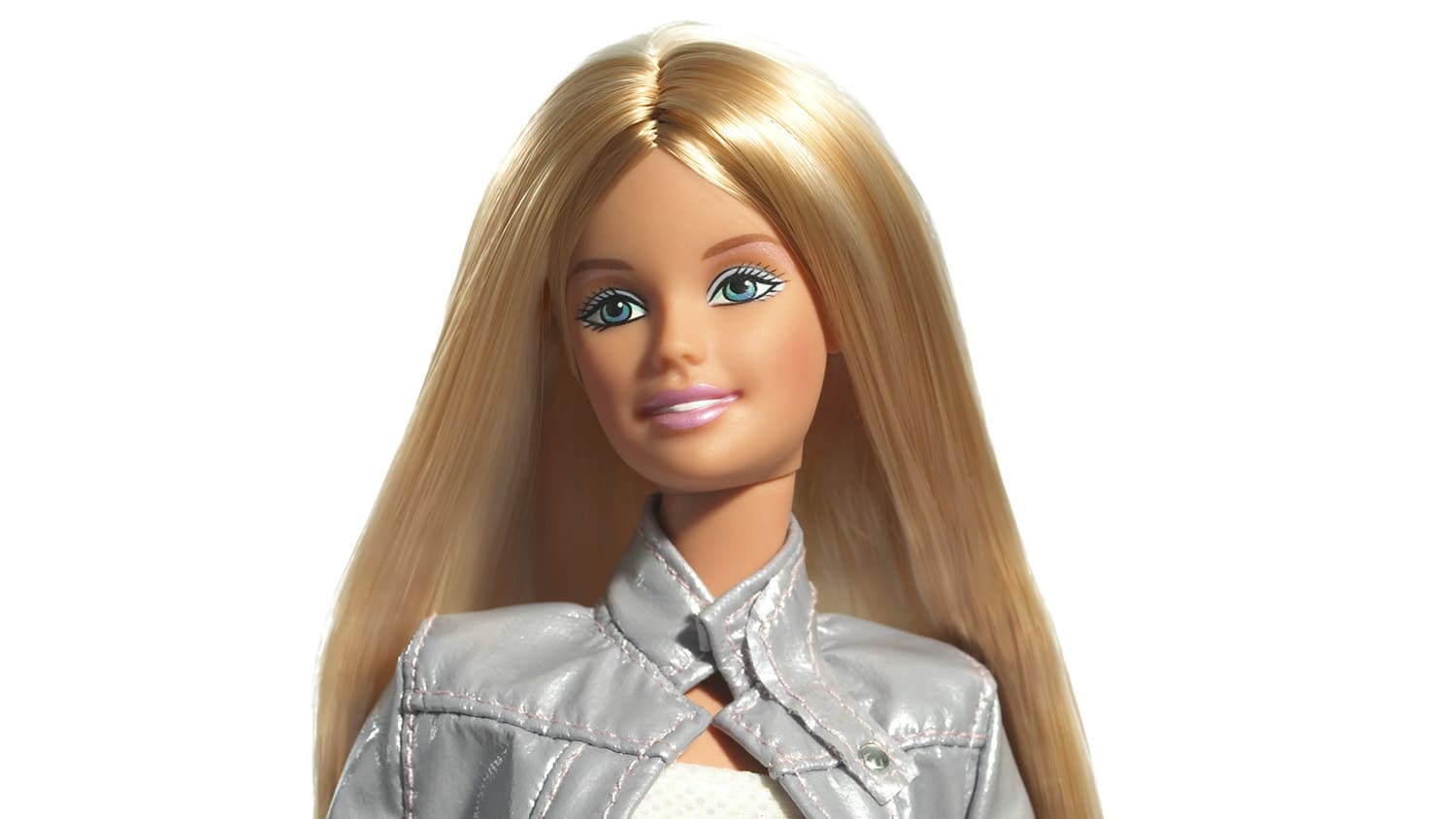
Barbie starred in her first animated feature film in 2001's "Barbie in the Nutcracker." The following year the company released a pregnant doll named Midge, with a baby tucked in her belly. The doll sold well, but there was pushback from parents who felt Barbie's core audience was too young for that type of play. Retailers like Walmart refused to sell the doll, which was eventually discontinued in 2005. In another major development, Barbie and Ken could not escape the early aughts scourge of celebrity breakups and announced in 2004 that they were better off as friends. The couple would reunite after seven years. To celebrate Barbie's 50th anniversary in 2009, 50 high-profile designers put on a runway show of Barbie fashions for New York Fashion Week.
7. 2010s
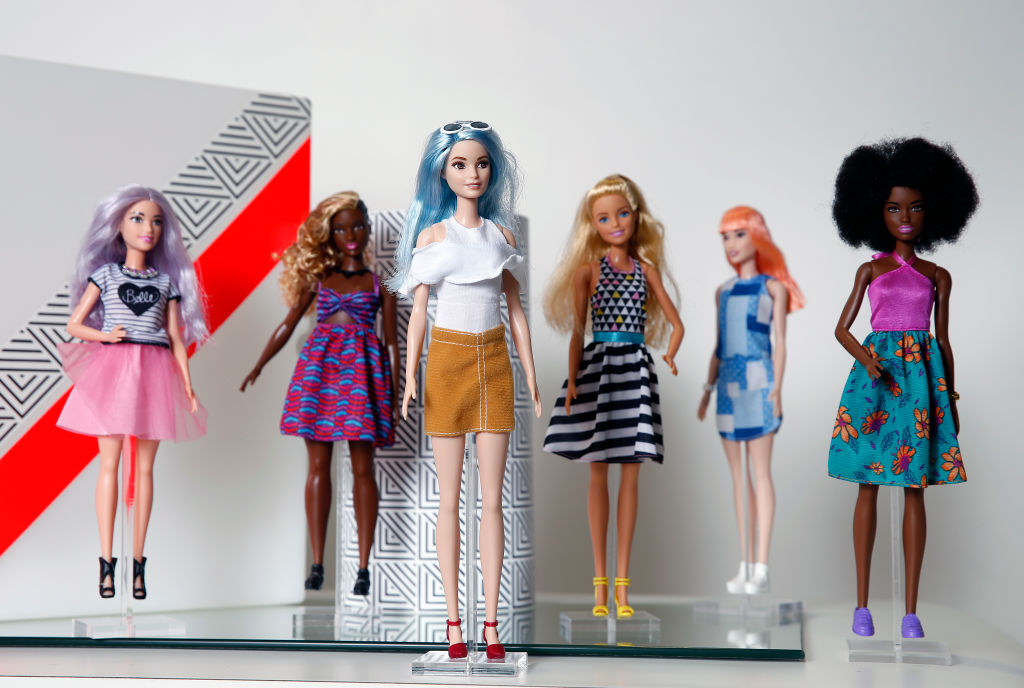
In 2016, Barbie got the most comprehensive design overhaul and made the cover of Time. Mattel released a line of diverse dolls called the Barbie Fashionistas that came with various body types, skin tones, eye colors and hair textures, signaling a new era of Barbie dolls that more accurately reflected the population. It also removed the doll's thigh gap, which was part of "evolving the images that come to mind when people talk about Barbie," Kim Culmone, the vice president of Barbie design, told USA Today.
8. 2020s
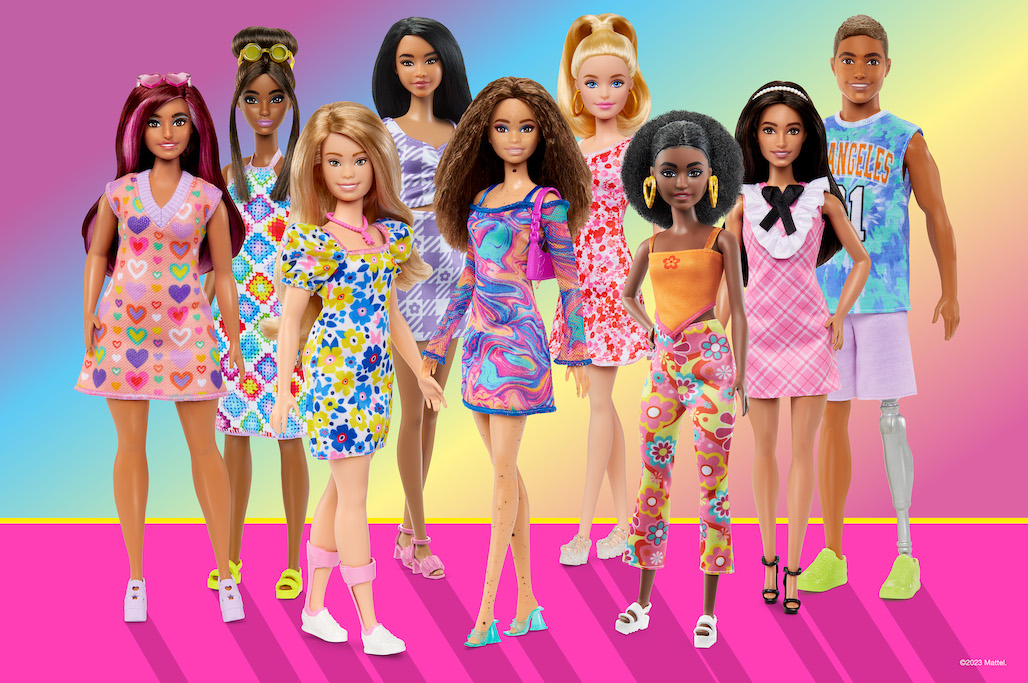
Earlier this year, Mattel partnered with the National Down Syndrome Society (NDSS) to create the first Barbie representing a person with Down syndrome. The new doll is a part of the 2023 Fashionista line, which has expanded its range of inclusive dolls that the company says are "designed to reflect the world kids see today." Kandi Pickard, the president of NDSS, called the doll a "reminder that we should never underestimate the power of representation."
Theara Coleman has worked as a staff writer at The Week since September 2022. She frequently writes about technology, education, literature and general news. She was previously a contributing writer and assistant editor at Honeysuckle Magazine, where she covered racial politics and cannabis industry news.
-
 Political cartoons for December 14
Political cartoons for December 14Cartoons Sunday's political cartoons include a new White House flag, Venezuela negotiations, and more
-
 Heavenly spectacle in the wilds of Canada
Heavenly spectacle in the wilds of CanadaThe Week Recommends ‘Mind-bending’ outpost for spotting animals – and the northern lights
-
 Facial recognition: a revolution in policing
Facial recognition: a revolution in policingTalking Point All 43 police forces in England and Wales are set to be granted access, with those against calling for increasing safeguards on the technology
-
 The video game franchises with the best lore
The video game franchises with the best loreThe Week Recommends The developers behind these games used their keen attention to detail and expert storytelling abilities to create entire universes
-
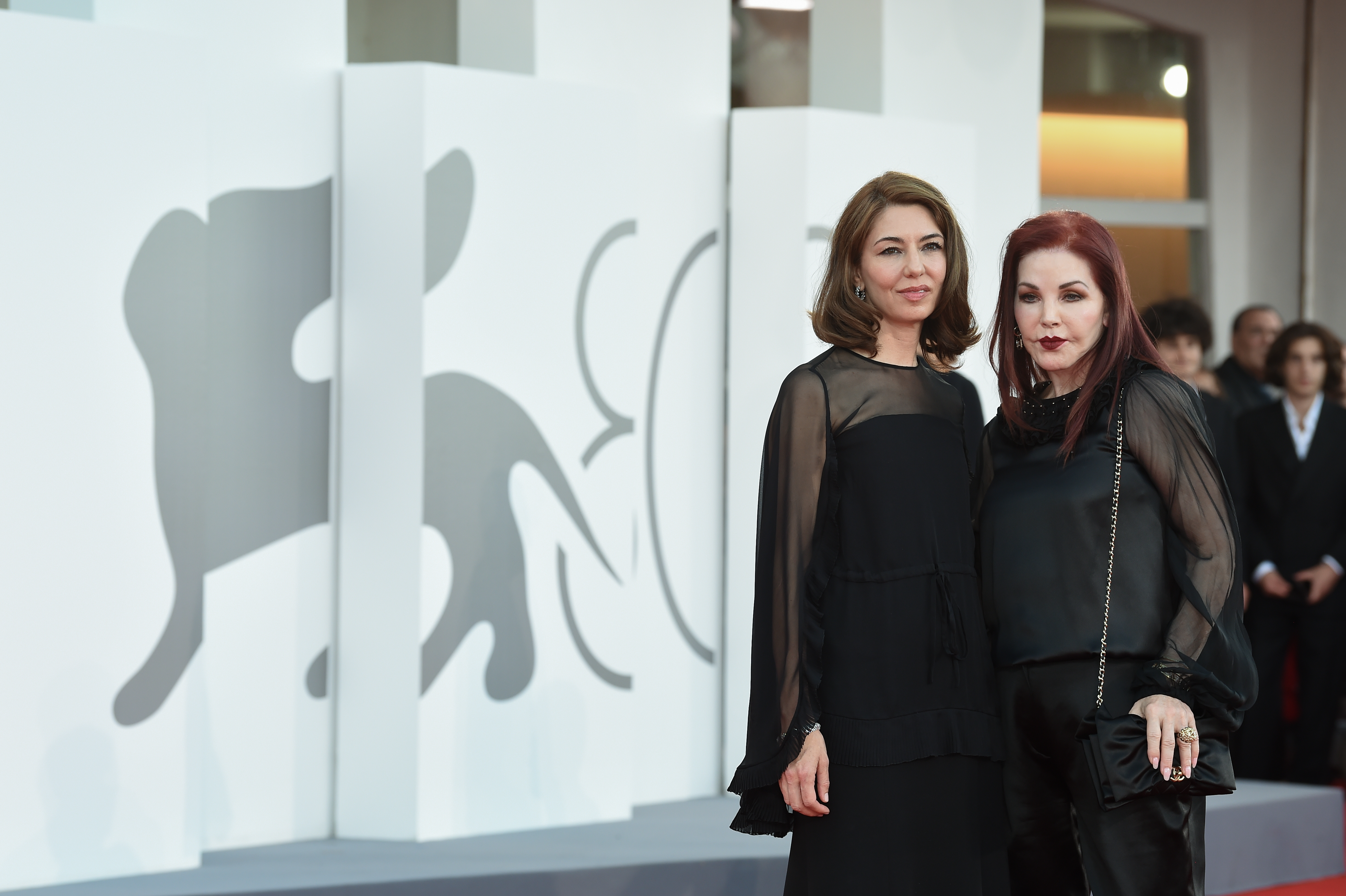 The buzziest movies from the 2023 Venice Film Festival
The buzziest movies from the 2023 Venice Film FestivalSpeed Read Which would-be Oscar contenders got a boost?
-
 America's troubling school bus driver shortage
America's troubling school bus driver shortageSpeed Read Kids are heading back to school, but they might be having trouble getting a ride
-
 5 college admissions trends to watch out for this year
5 college admissions trends to watch out for this yearSpeed Read College advisers and admissions experts say these trends will shape the 2023-2024 admissions cycle
-
 What's going on with Fyre Festival II?
What's going on with Fyre Festival II?Speed Read Convicted felon Billy McFarland claims the music festival will happen, for real this time
-
 The answer to rising home prices: smaller homes
The answer to rising home prices: smaller homesSpeed Read Builders are opting for fewer rooms and more attached styles as frustrated homebuyers look for affordable options
-
 5 illuminating books about the video game industry
5 illuminating books about the video game industrySpeed Read Cozy up with a few reads that dig into some of the most fascinating parts of video game history
-
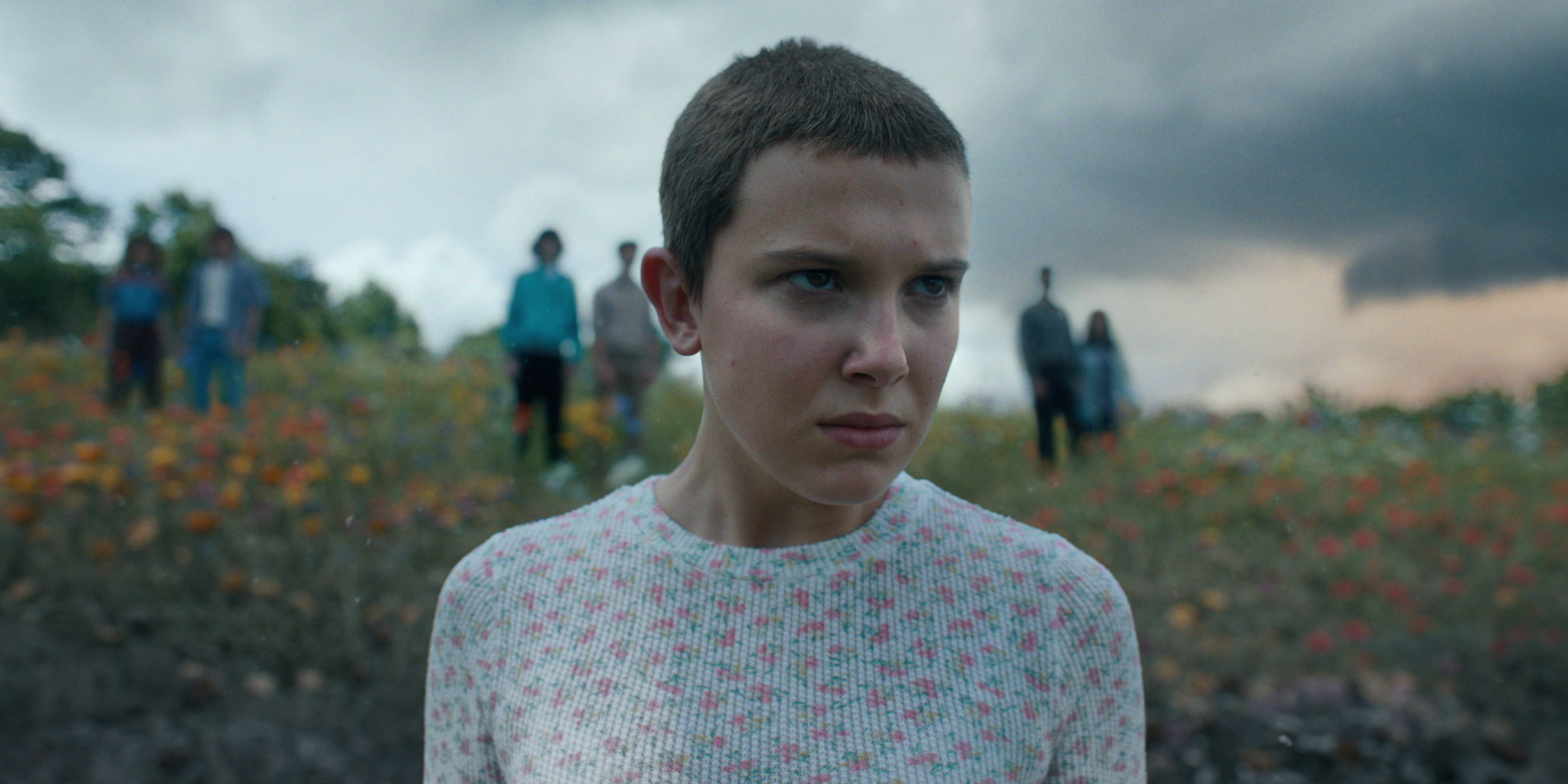 Everything we know about the final season of 'Stranger Things'
Everything we know about the final season of 'Stranger Things'Speed Read The Netflix hit will turn things up to eleven in its final bow ... eventually
